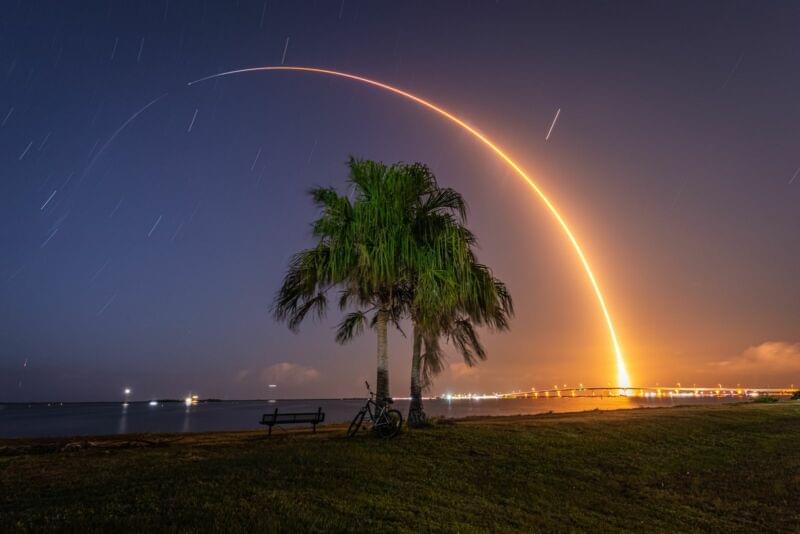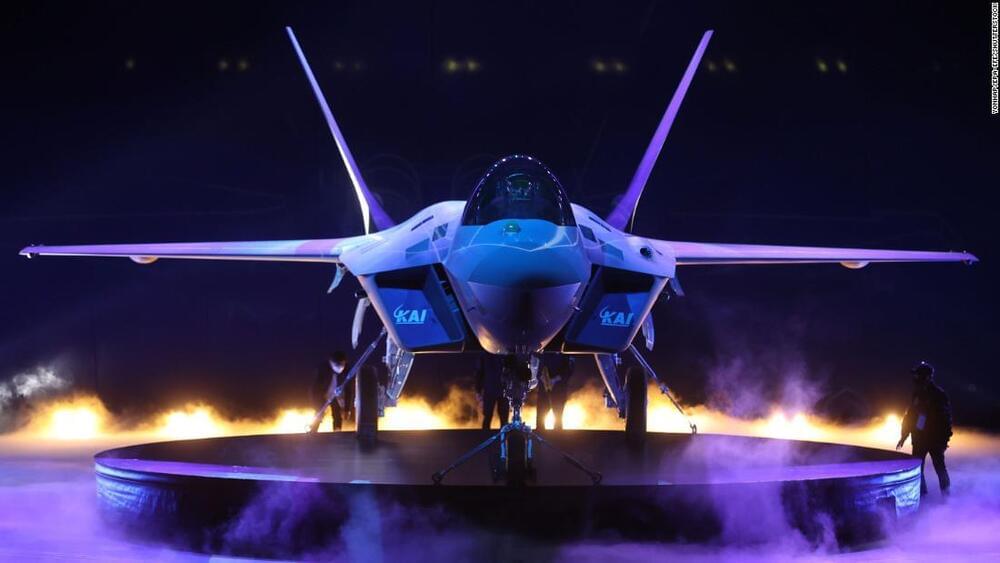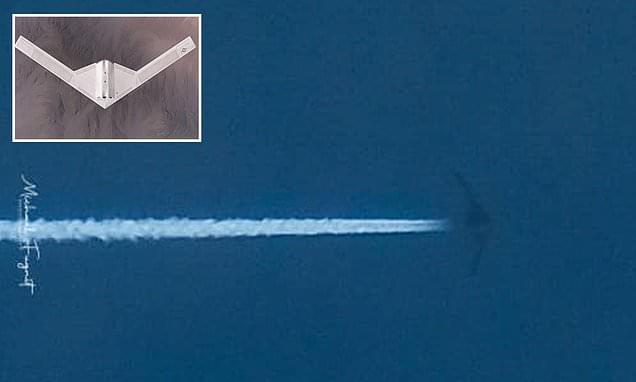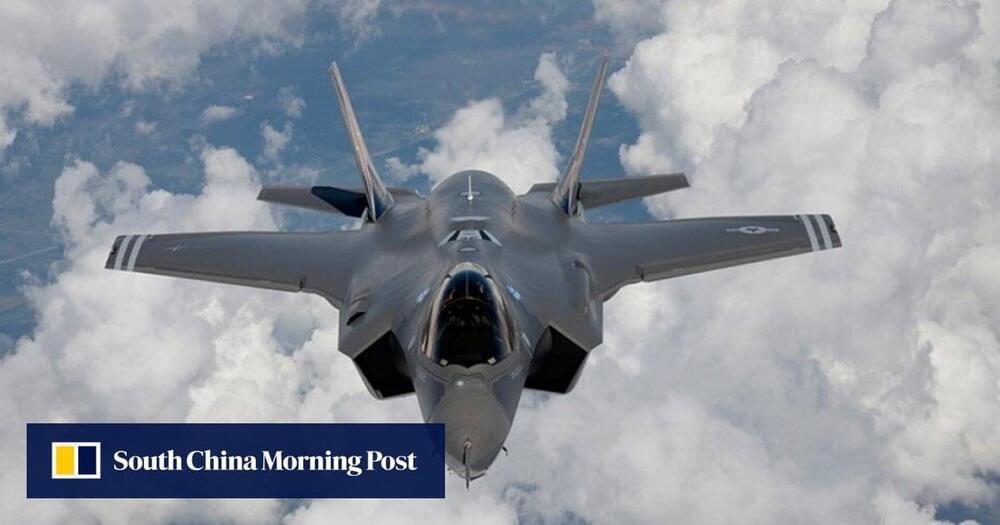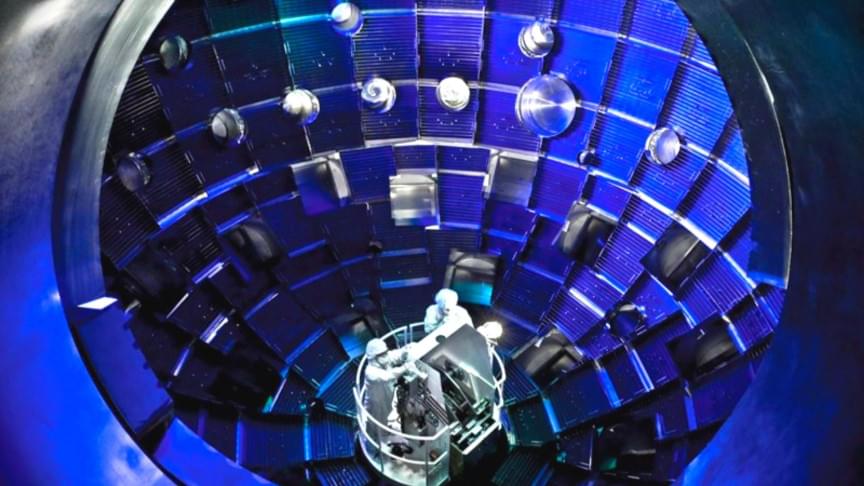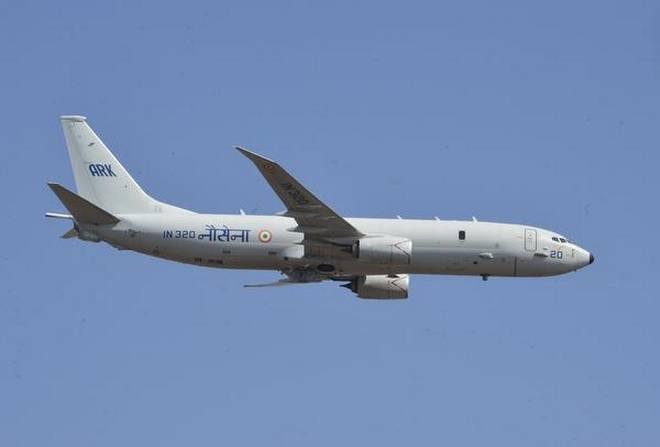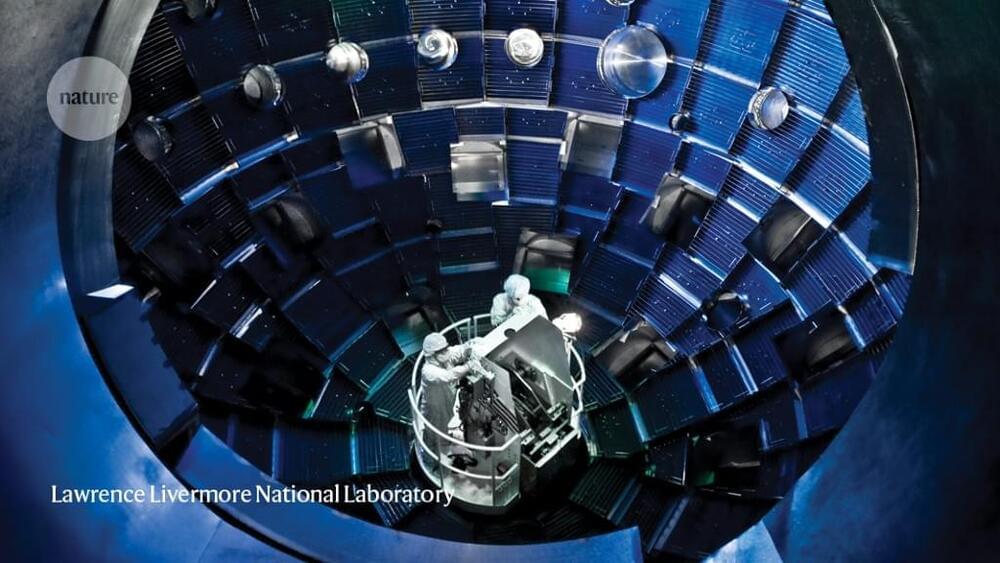The biggest threat to our success is moving too slowly and refusing to change.
In June, a previously flown Falcon 9 booster lofted a new-generation Global Positioning Satellite for the US Space Force. This marked a watershed moment for the US military and the concept of reusable rockets, as the Space Force entrusted a satellite worth about half a billion dollars to the new technology.
Now, thanks to a recent news release from the US Space Force, we have a little more insight into why the Space Force is leaning into reusable rockets and other technology from innovative companies such as SpaceX.
Using a refurbished booster—this particular first stage had launched a GPS III satellite in November 2020—did save the Space Force money. By agreeing to launch two of its new GPS III satellites on used rockets, essentially, the US government pocketed $52 million in cost savings. This was certainly welcome, Space Force officials said, and it’s nice to have the potential to increase launch tempo.
